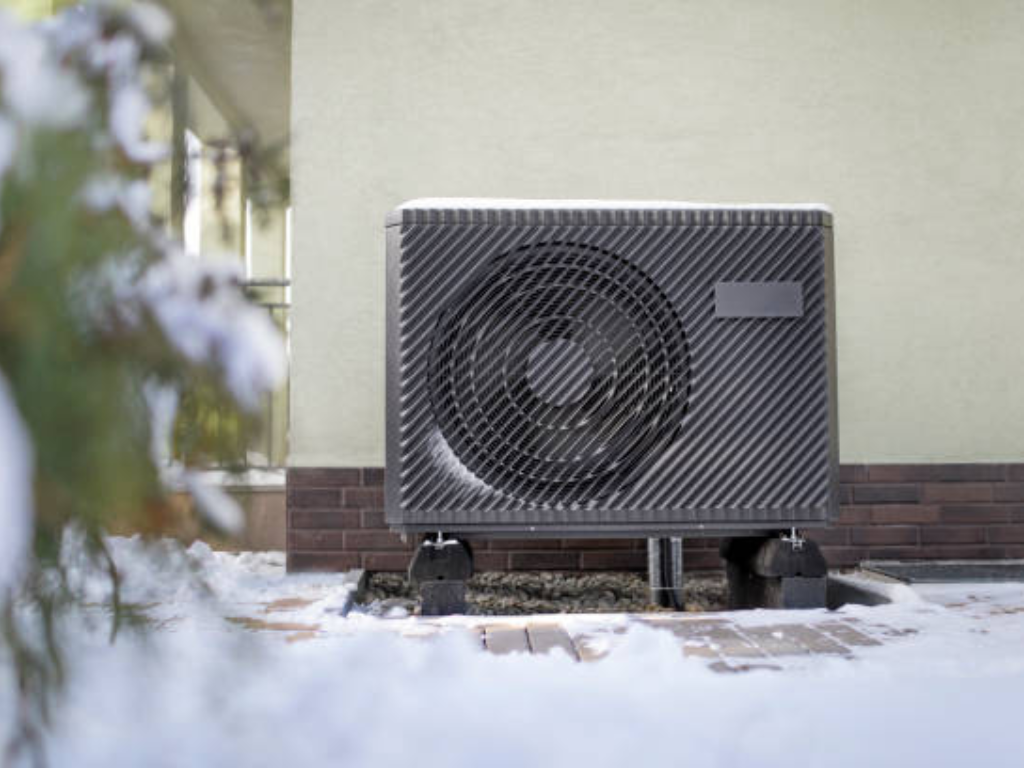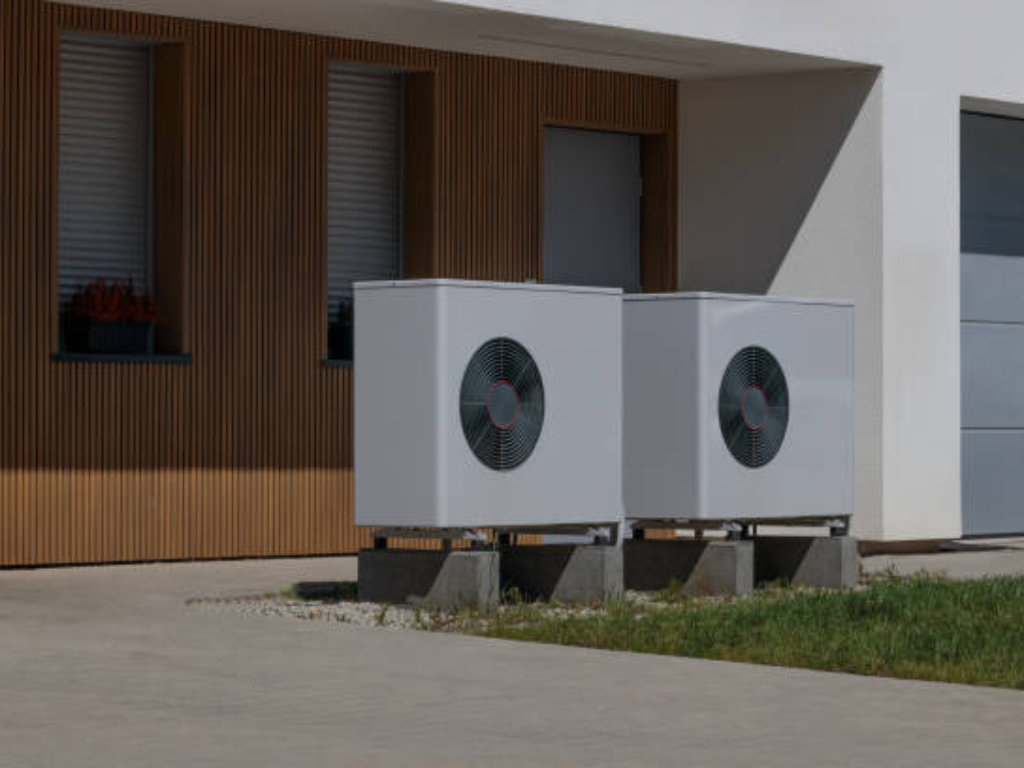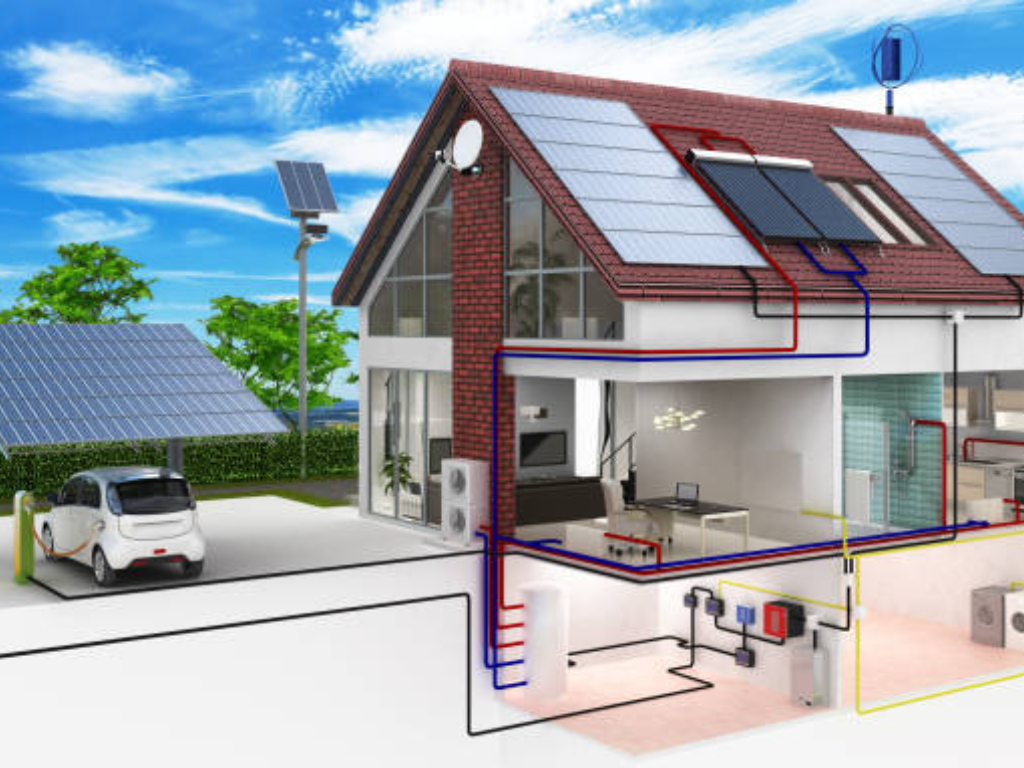As global temperatures continue to rise and climate change becomes a never-ending concern, homeowners are taking a more proactive approach to reduce their carbon footprint. One option gaining popularity is switching from traditional gas boilers to air-source heat pumps (ASHPs).
These devices use electricity to extract heat from the air outside your home and use that energy to provide heating and hot water on demand. While the initial investment can be costly, the long-term benefits of reduced energy bills and a more sustainable way of heating your home make them attractive. But, what are the pros and cons of switching from a boiler service Birmingham to an ASHP? We have the answer for you.
Sit back, relax, and prepare to learn about the future of home heating.
What Is An Air Source Heat Pump?
An air source heat pump (ASHP) is a renewable energy system that harnesses the heat from the air outside your home and uses it to provide heating and hot water. It uses a refrigerant, which circulates between outdoor and indoor units. The outdoor unit absorbs heat from the air and transfers it to the indoor unit, which is then used to heat your home and provide hot water.

ASHPs are more efficient than traditional gas boilers, meaning they use less energy and produce fewer carbon emissions. It is because they use electricity to extract heat from the air, rather than burning fossil fuels, which are a finite resource and contribute to climate change.
The initial cost of installing an ASHP may be higher than that of a traditional boiler installation Birmingham, but the long-term savings in energy bills and the reduced carbon footprint make them a more sustainable option. Moreover, ASHPs can be used in various settings, including residential, commercial, and industrial, making them versatile and cost-effective solutions for heating needs.
Check out: What is a regular boiler?
Top 7 Reasons Why You Should Switch To An Air Source Heat Pump
1. Reduced Carbon Footprint
ASHPs are an environmentally friendly alternative to gas boilers, as they don’t emit carbon dioxide or other harmful gasses into the atmosphere.
2. Lower Energy Bills
Although the initial investment can be expensive, ASHPs can save you money in the long run by reducing your energy bills. According to the Energy Saving Trust, homeowners can save up to £1,500 per year on energy bills by switching to an ASHP.
3. Eligible For Government Grants
The government offers grants and incentives for households that install ASHPs to encourage sustainable living.
4. Improved Air Quality
ASHPs don’t require a flue or produce combustion fumes, which can improve indoor air quality.
5. No Need For Gas
ASHPs run on electricity, meaning you don’t need a gas supply in your home. It makes them a perfect choice if you live in an area without gas.
6. Easy To Maintain
ASHPs require minimal maintenance compared to traditional boilers. They don’t require annual servicing; their lifespan is longer than traditional boilers.
7. Versatile Heating
ASHPs can be used for heating and cooling, making them a versatile choice for homeowners. They can be installed into new and existing homes regardless of the air source temperature and are often used with underfloor heating systems.

Cons Of Air Source Heat Pumps
While air source heat pumps (ASHPs) have many benefits, they’re not without their drawbacks. Here are the cons to consider before making the switch.
1. Investment Cost
The initial investment cost is higher than a traditional gas boiler. While an ASHP can save you money in the long run, the initial investment can be high. The cost of the unit itself can range from $1,500 to $8,000, and installation costs can add more. However, it is important to remember that government incentives may be available to lower the cost.
2. Suitable For Some Homes
They may only be suitable for some homes, especially those with lower insulation ratings or larger homes. ASHPs extract heat from the outdoor air, so they are most effective in regions with mild winters. In extremely cold temperatures, the ASHP may struggle to keep up and require an electric backup, which can increase energy costs. Additionally, homes with lower insulation ratings or larger homes may require a larger unit, increasing the cost.
Key Factors To Consider Before Changing To An Air Source Heat Pump
While ASHPs offer a more sustainable and efficient way of heating your home, it has a few potential downsides to it as well. So, if you’re considering replacing your traditional gas boiler with an air source heat pump, there are a few key factors to consider before making the switch.
● The Location And Climate Of Your Home
One of the most important factors to consider when switching to an ASHP is the climate and location of your home. ASHPs work best in moderate climates with relatively mild temperatures, such as the UK or parts of Europe. If you live in an area with extreme temperatures or harsh climate conditions, there may be better options than an ASHP. In such cases, other renewable heating systems may be more suitable.
● The Size Of Your Home And The Number Of People Living In It
The size of your home and the number of people living in it will affect how much energy you need to heat your property. Larger homes will need larger and more powerful ASHPs to provide enough heating and hot water, while smaller homes will require a smaller unit. If you have a high demand for hot water, you may need to install larger or multiple ASHP units to meet your needs.

● Your Current Energy Bills And Expected Return On Investment
While ASHPs are generally more efficient and cost-effective than traditional gas boilers, the initial installation cost can be quite high. It’s important to calculate the potential return on investment of an ASHP based on your current energy bills, the size of your property, and the efficiency of your current heating system. In most cases, the investment will pay itself off in the long run in reduced energy bills.
● The Availability Of Renewable Energy Sources In Your Area
ASHPs are a renewable energy source, relying on electricity to extract heat from the air outside your home. It’s important to consider the availability of renewable energy sources in your area, such as wind, solar, or hydropower, to ensure that your ASHP is powered by renewable energy. In this way, you can maximize the energy efficiency of your ASHP and reduce your carbon footprint.
Final Words
Switching from a traditional gas boiler to an air-source heat pump (ASHP) can have significant environmental and financial benefits. Using electricity to extract heat from the air outside, ASHPs are a sustainable way of providing heating and hot water to your home. However, the initial investment can be high, and some homes may require additional insulation and electrical upgrades to be compatible with ASHPs. Therefore, it is important to consider the pros and cons before deciding. Ultimately, ASHPs are an attractive long-term option for reducing their carbon footprint and energy bills. The future of home heating is likely to see continued adoption of ASHPs as a sustainable option.
However, the initial investment can be high, and some homes may require additional insulation and electrical upgrades to be compatible with ASHPs. Therefore, it is important to consider the pros and cons before deciding. Ultimately, ASHPs are an attractive long-term option for reducing their carbon footprint and energy bills. The future of home heating is likely to see continued adoption of ASHPs as a sustainable option.
